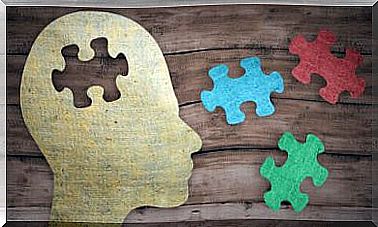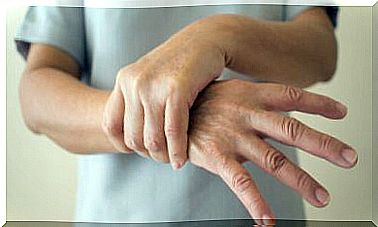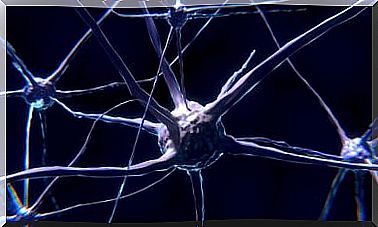Please Don’t Leave Me: The Therapy Dropout Scheme

Within Jeffrey Young’s schema therapy, we find, among many others, the curious abandonment schema. Before explaining what it consists of, it is necessary to begin by defining what a schema is.
Within cognitive psychology, there are several differentiated parts: negative thoughts, which are small, telegraphic, intrusive, negative and rigid voices; beliefs that are inner phrases, learned in childhood or early life experiences that we firmly believe in without question and that are at a deeper level than negative thoughts.
Finally, even more ingrained are the schemes, which are those ways of interpreting the world in a global way, it is what guides us on a day-to-day basis. The schemes determine our daily behavior, both with ourselves, with others and with life in general and are also learned in childhood.
When we speak of the abandonment scheme, we refer to a particular way of interpreting one’s own life, in which the person who suffers from it feels very lonely, although in reality they are not. The fear of rejection, non-acceptance or abandonment is so great that their behavior is based on submission, on the one hand, or aggressiveness, on the other.

In one way or another, these people end up agreeing with themselves and reinforcing the scheme over and over again. This is how they finally run into that dreaded abandonment. Now we will delve into how this process works.
The origin of the abandonment scheme
Schemas are acquired in various ways, but they all have in common the fact that they occur in childhood and early adolescence. The child perceives an abandonment, either because one of his parents has died, has been rejected or separated from one of his parents for a long time or because he has been given up for adoption.
All human beings, like other animals, need secure attachment figures to launch ourselves to explore the world. Separation from the mother is a vital issue for newborns. Young are dependent on their mothers and if a calf loses its mother, it is very likely that it will end up dying.
In the same way, children, when they are separated in some way from their parents – guardians or trustworthy figures in their defect – show behaviors aimed at satisfying their longed-for security : they cry, protest, get angry … It is their natural claim for them to be cared for because if not, they will not survive.

Their relationships with others will be conditioned by the fear of being abandoned, since that would mean reliving that childhood trauma that is still unhealed. To prevent this from happening, they tend to adopt submissive behaviors, denying themselves their own needs; or aggressive, with the aim of fighting against this possible abandonment.
It is true that the “abandoned” adult does not see his survival compromised as it happens to a child, but the people who carry this vital burden on their back cannot help to experience those feelings of desolation again, as if their life were losing their way. when someone rejects them in some way. His scheme is activated and his inner child suffers again.
The vicious circle of abandonment
If the people who suffer from this vital trap do not break with it in some way, each time they will get stronger and stronger and they will see themselves immersed in a circle with no way out. The circle begins when they meet someone: they are usually very infatuated people, the kind that end up with a partner and a month later they are with another making plans for the future.
These thoughts make you feel tremendously anxious, with a lot of pressure. Thus, they maintain a hyper-vigilant attitude so that nothing happens, no matter how small, that could endanger the relationship.

Anxiety leads them to produce behaviors designed to avoid rejection. Think that there are people who become so dependent that they are willing to put up with everything in order not to leave them. Other people become jealous and even aggressive for the same purpose, establishing the threat as a form of protection.
To get out of this circle it is necessary to break with the negative thoughts and beliefs that come from our past and that mediate our current way of relating. It is about doing the opposite of what the scheme is asking you and in this way, little by little, you will make that child who lives in the adult that you are not constantly take control of your actions to prevent abandonment.









